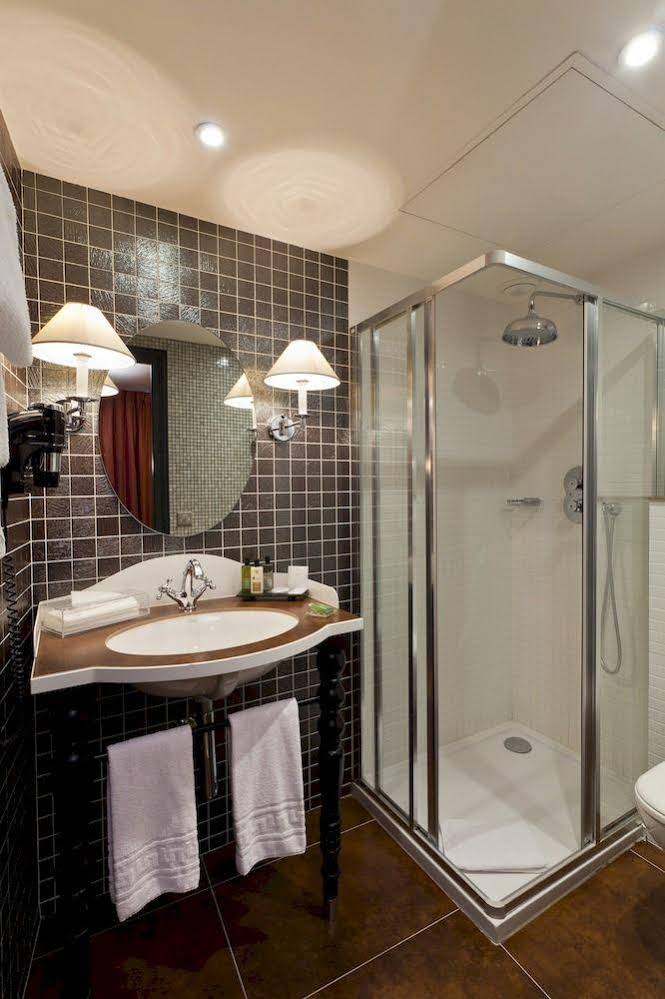Rue de Vaugirard, at the intersection of St Germain des Pres and the Latin Quarter, this 3-star hotel the Fontaines du Luxembourg welcomes you in a warm atmosphere for your vacation, business trips or for a week-end. |Boutique hotel, the Fontaines du Luxembourg will seduce you with its authenticity and refinement. The subtle design of this very contemporary Baroque décor, creates a world full of so Parisian elegance. In the heart of historical and cultural Paris, close to the Luxembourg Gardens, the Pantheon and the Odeon, enjoy the quiet, comfort, friendly atmosphere and quality of service that the entire team will focus on offer.

